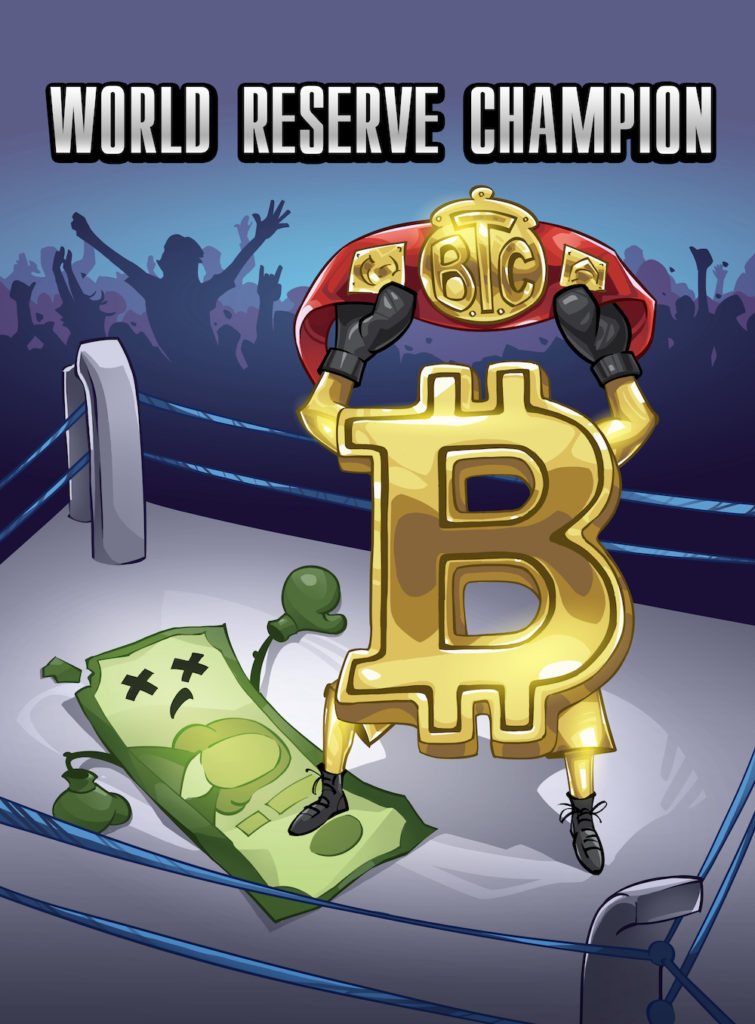I wished someone would have told me about bitcoin when it was $100.
I’d be rich, but only if I invested.
Let’s be honest, if a person tries to convince you to invest in something you don’t understand, would you still do it? Most of us would say no. That’s why in order to become rich, you have to make a conscious commitment to learn about it.
I’m here to tell you about NFTs and my journey into making my first one. I believe the best way to learn about something you don’t understand is to set a goal and simply go try. You’ll learn everything you need to know during your journey and recognize that the destination isn’t where the lesson lies.
An NFT is a non-fungible token. Its recent notoriety is due to the fact that it allows people to prove ownership of digital art. This opens up a new market where people can buy, sell, and trade unique digital artwork. Forbes recently wrote an updated article explaining NFTs in-depth which I recommend reading if you’re interested in more details.
It’s important to begin learning what an NFT is now so you can be prepared for when the next big opportunity comes– and one is coming very soon. This is your asymmetrical opportunity to get ahead of the crowd and I’m going to share everything I learned exploring this new space. Some things surprised me, some did not, but I came out the other side with a new, informed outlook about the future.

Western society’s creative muscle has atrophied under the marketing and advertising genius that bombards us from every online platform. We’re surrounded by some of the best ideas in the world everyday of our lives. We compare our ideas to what we see in social media. They generally pale in comparison and we dismiss them as insignificant.
Don’t do that. Following that spark of inspiration with confidence just might be the best thing you ever do for yourself.
Recently, inspiration struck while I was watching an interview with Max Keiser, a famous bitcoin personality. He was wearing this gold bitcoin pin on his dark pinstriped vest. Max Keiser has done a good job of selling a vision of how bitcoin will save the world, and his pin really stood out. I want one of those, I thought.
I scoured the internet and couldn’t find one. What I did find was a bunch of people posting on forums asking where to buy one as well. My business alter-ego stepped in and whispered in my ear, “If you build it, they will come.”
As an Amazon FBA seller, I am familiar with buying products from China on Alibaba and flipping the product over here in the states. I was able to find a bitcoin pin that I liked and ordered a sample of about 100. I gave these samples away to friends, family, and random people I met at seminars involving crypto. I received numerous compliments and it was an instant conversation starter for a lot of interesting personalities. This is a good product.
I decided to order 1000 pieces for about $1,000 which is an investment I’m comfortable with losing if I’m wrong. The product came with a 2×3″ card where you can print artwork for the pin. Little did I know where this small detail would lead.

The Entrepreneurial Spirit
I pondered the artwork for several weeks and during a shower, an image flashed into my mind. Using my immense artistic prowess, I drew up a sketch in about 30 seconds.
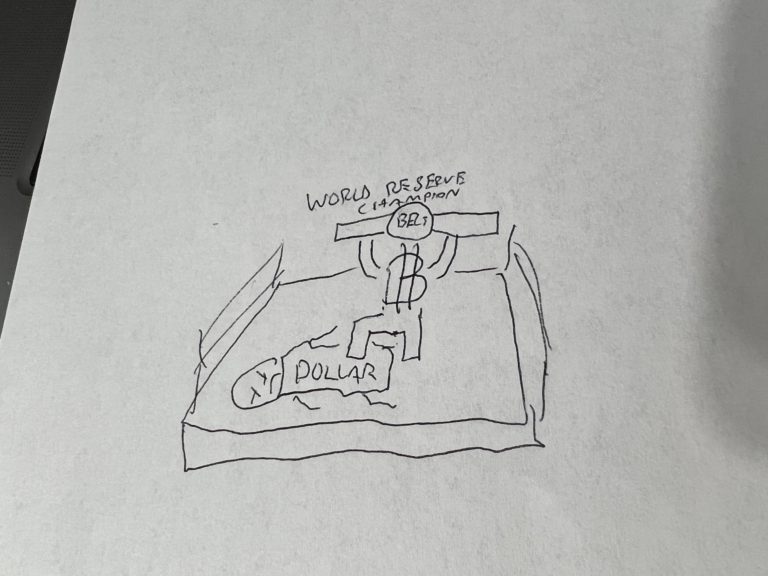
It looked a lot better in my mind. I knew I needed to find someone with the skill set to fill in all the gaps in mine.
I needed an artist.
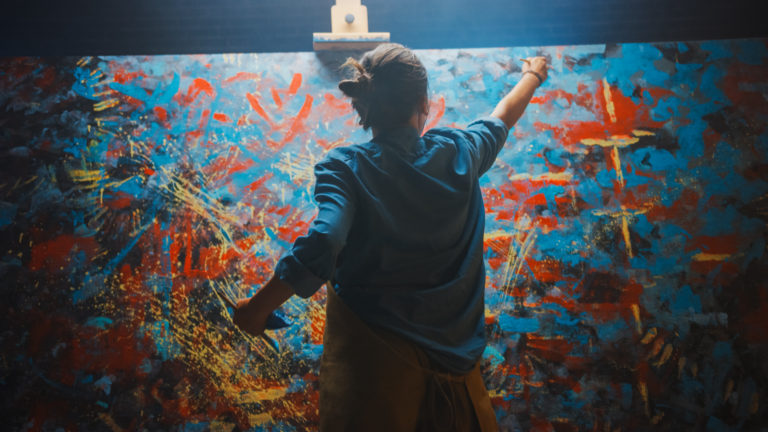
Spotting Talent
We all may not be museum curators for world-class pieces of art, but we can decide whether we like something or not.
I chose this artist because I liked the colors and style of his art and it merged with the image I had in my mind. I knew he was the right person to ask for this project because he asked to be paid in ethereum (ETH), a cryptocurrency. The total cost was $430 worth of ETH and it wasn’t much in lieu of the thousands of hours it would take me to learn his skill. After approving a couple sketches we got the final rendering ready for printing. You can see the evolution here:
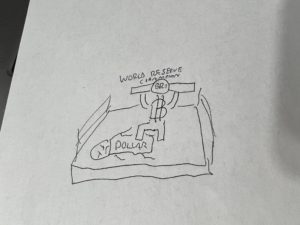
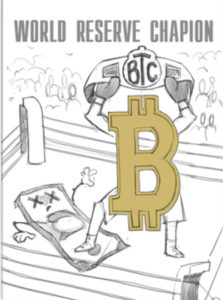
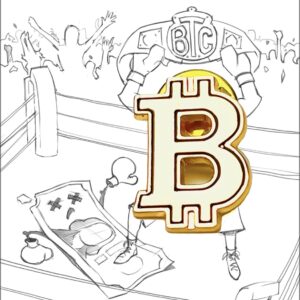
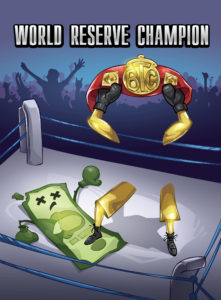
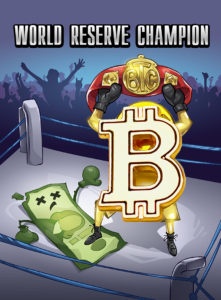
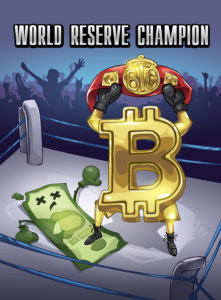
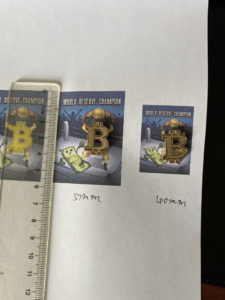
Making an NFT is Easy but Hard to Sell
Using the original artwork I commissioned, I decided to use it as an experiment for creating an NFT.
I went into the project expecting to spend a week researching and having to muddle through some kind of coding. In reality, it took me less than an hour.
I spent much of the time researching copyright. I learned that is is important to enter metadata so that you can can prove you own the copyright and that its use is restricted without permission.
Next, I registered the visual art at copyright.gov for $65. The process was easy and self-explanatory. They have a lot of helpful links and tutorials if you get stuck along the way. You don’t have to do this, but I figure it’s better to have it and not need it than need it and not have it.
Making an NFT is as easy as uploading a file. Once the legal groundwork was done, it was time to mint an NFT on OpenSea.io. I connected my Metamask wallet to the site and clicked “Create.” After uploading my image and giving it a title and description, I clicked “Create” one more time and I was done. Then I realized I had made a mistake. I had only created one NFT, but I wanted to create 21. I couldn’t see a function to increase the quantity on the site until I found this tutorial, which was a lifesaver.
After I was done, I thought to myself, it can’t be this easy. Then I remembered what the goal was for a lot of these collections. It was to create demand and make money. Creators were attempting to replicate the viral nature and adoption of novel collectibles. Some examples include Pop figures or the Pokemon craze of our youth which has recently resurged. NFTs did gain some short-lived popularity until the method of creating an NFT collection became common knowledge. NFTs are created by entering images and layers into an algorithm that spits out a predetermined number of combinations resulting in an NFT collection. Once enough coders got their hands on the same algorithm, the perceived value of an NFT collection using this method diminishes.
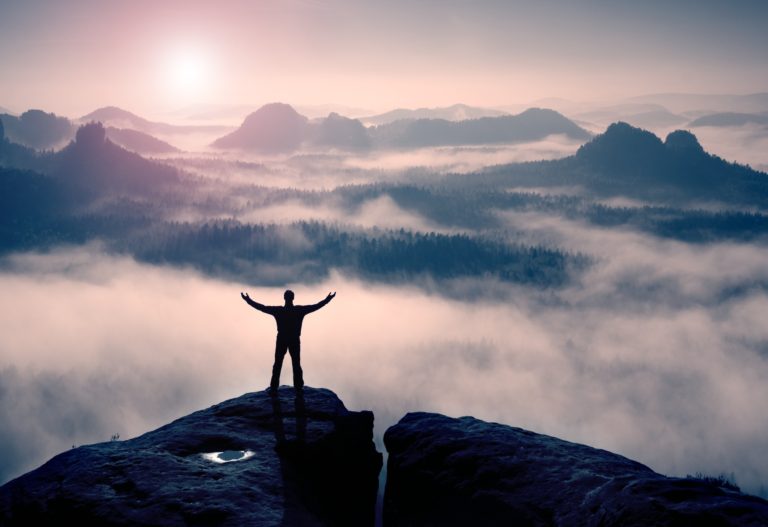
Newfound Appreciation for Original Art
I think the boom and bust cycle of the NFT market is an excellent example of what people really want. People want something original, something unique, something rare. They also want an ability to display their purchase in a subconscious projection of status, power, or inclusivity in a tribe.
Computer algorithms are not the answer, artists are. It’s why I really considered that this artwork I conceptualized and hired Nikita to bring it life is really a genuine piece of art. It represents a vision, a story, and a moment in time. It’s symbolizes a feeling of victory, the roar of a crowd, and a changing of the times. It is really one-in-a-million.
I decided to create 21 NFTs in reference to this one-in-a-million vibe by dividing it by bitcoin’s 21 million cap. I would price it at the price of 1 bitcoin at the time of listing. The current one listed at about $40,000. I also decided to limit the sale to one NFT per year which leaves 19 remaining pieces. I sent one to Nikita and will keep one myself. I expect the price of bitcoin to rise over the next 20 years and it will become increasingly out of reach thus increasing its value.
This masterpiece is about becoming the best in the world at whatever you set out to do. This is a worthy ambition for an entrepreneur and this piece reflects that inner drive to become a world champion.
